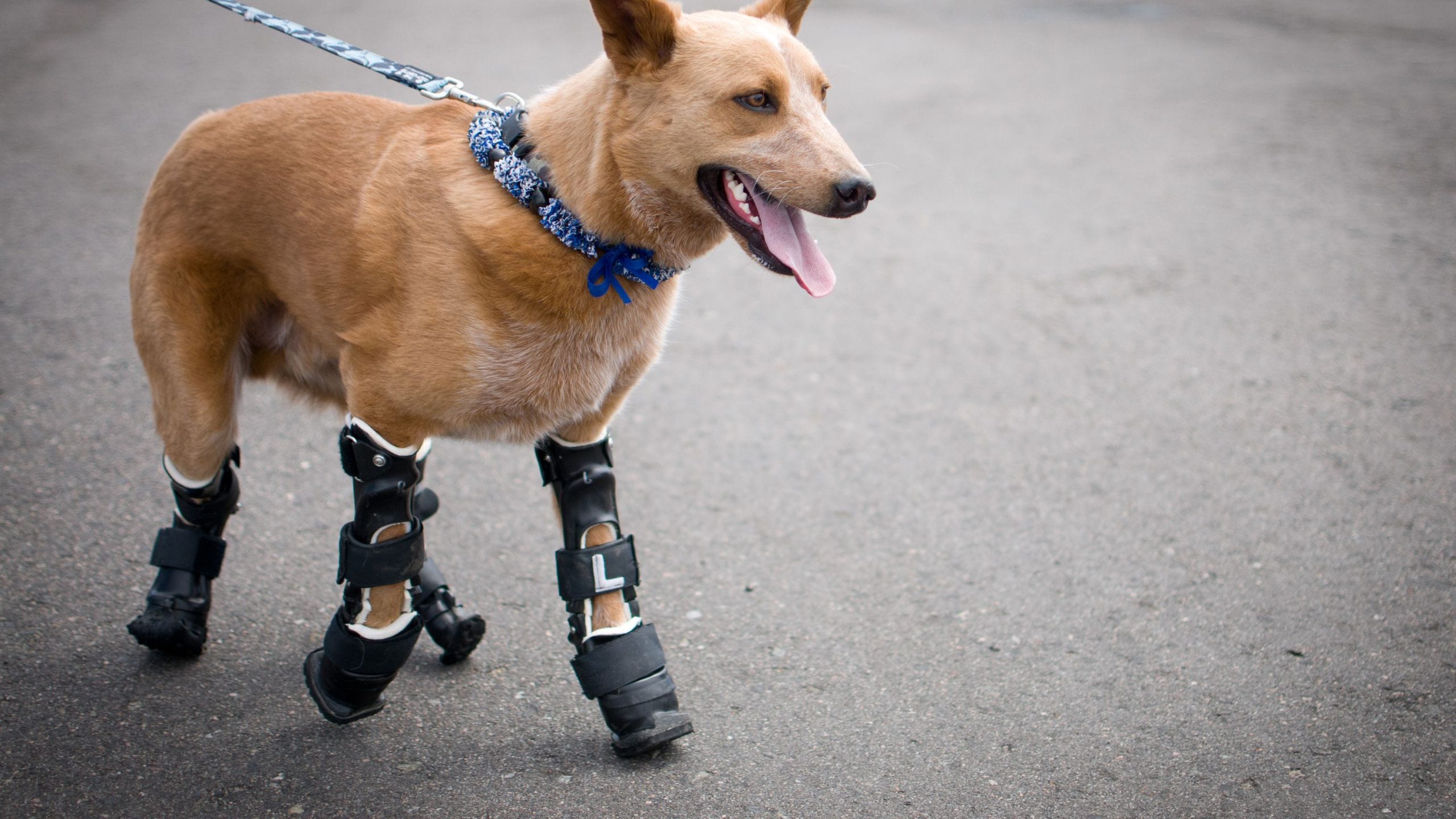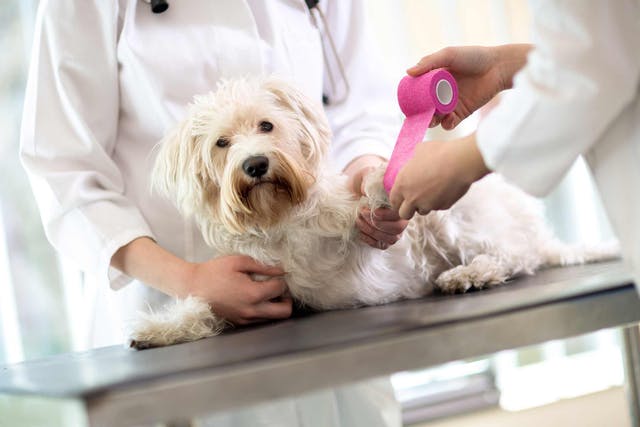#pets_tuttorial #jane_brody #pet_blog #pet_training #pet_products_reviews #best_dog_products #best_cat_products
Ease of mobility is as important to dogs as it is to humans. However, in some cases, freedom of mobility becomes a problem if a dog loses one or more limbs. To allow the dog to gain that freedom back, a prosthetic limb comes in handy. Besides providing the dog with freedom and ease of mobility, a prosthetic limb also helps to share weight from each of the limbs equally.
The move prevents additional injuries that might occur due to imbalances or weight shifting. Having three legs does not mean the dog cannot function well, but it puts lots of strain on some parts of the body such as the neck, back, and remaining three limbs, especially the one directly opposite the missing one.
There are different ways you can choose to fit your dog with a prosthetic leg. You can decide to go to a veterinary orthopedic specialist, your dog’s specialist, or a DIY limb to give your dog better mobility and quality of life.

Read next: How Much Exercise Does A Dog Need Everyday
The Procedure of Making and Fitting a Dog with a Prosthetic Leg Professionally
Before a dog gets a prosthetic leg, it must first have gone through amputation and healing of the soft tissues. You can have a prosthetic leg fitted by the veterinarian, a prosthetist, or a veterinary orthopedic specialist, depending on your budget or the seriousness of the matter.
The prosthetist or veterinarian takes the existing limbs’ measurements and continues to make a custom-made prosthetic that is the exact fit for your dog. The limb goes through molding into a cast, and the whole process from molding to fitting might take anything from four to six weeks.
Before fitting the prosthetic, the dog will have to undergo physical therapy or rehabilitation to ensure comfort and proper fit. For the first two weeks, your dog may require to wear the prosthetic limb for a few hours daily until it adjusts to the feel of something foreign as part of its body.
Once you are confident that the dog’s adjustment to the prosthetic limb feel is reasonable, it can wear it for more hours. In the first few months, you will also need to make a few trips to the veterinarian or prosthetist for assurance that the fit is going on well. If you have a dog still going through its growing phases, you may need new devices fitted or adjustments made to the prosthetic to keep up with the growth.
What Is The Cost Of Dog Prosthetics?

Professionally fitted prosthetics do not come cheap. Before the prosthetic fitting, the expert takes a casting impression. The casting costs anything between $100 and $150, depending on your prosthetist. However, the casting cost is not the only thing you have to think about because most veterinarians or prosthetists include the cost of the office visits and the complete device quote.
The artificial limb also varies in cost depending on the dog’s size and the prosthetic’s length. Prosthetic devices range from $600 to $3,000. The price variance also depends on whether you need the whole leg prosthetic or just a foot device.
One advantage is that you can choose from a wide selection of prosthetic manufacturers across the country. Each physical therapy visit to the veterinarian or a specialist ranges from $50 to $75.
Read next: How Many Bones Does A Dog Have
Leading Causes of Limb Losses in Dogs and How to Prevent Them
Dogs lose their libs in several different ways. One of the leading causes is car accidents for roaming dogs. Some accidents are preventable, while others are inevitable. To minimize casualties, you should always ensure that your dog is on a leash.
It is also vital to keep it within your sight when you are outside your home. Dogs are playful, and a dot will run across the road, mostly if something attracts its attention.
Another major cause of limb loss is cancer, which is unavoidable because detection comes too late for many dogs. However, with regular exercise, a healthy diet recommended by the veterinarian, your dog could enjoy a fun-filled, healthy life.
Wrapping It Up
Some dogs missing one limb may perform just as well as those with all four limbs, but over time, they may experience more limb injuries than the ones enjoying the use of full limbs. Prosthetics provide the dog with the ability to be as normal as any other dog in movement and mobility. Proper care with regular visits to a specialist or veterinarian for necessary adjustments and the artificial limb viability will ensure your pet enjoys prosthetic longevity and life normalcy.
The post How To Make A Prosthetic Leg For A Dog appeared first on Pets Tutorial.
by Jane Brody via Pets Tutorial



Không có nhận xét nào:
Đăng nhận xét